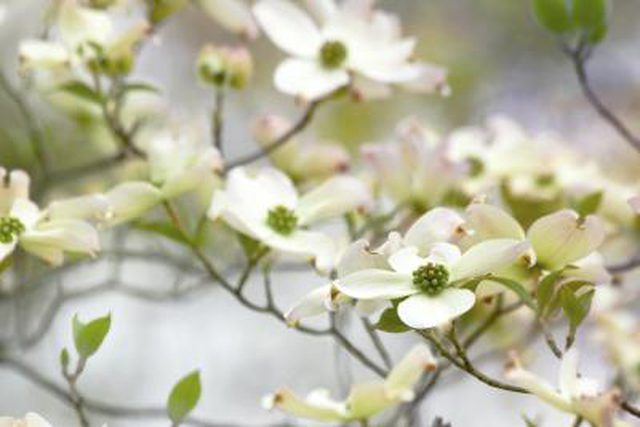Bulbs
Flower Basics
Flower Beds & Specialty Gardens
Flower Garden
Garden Furniture
Garden Gnomes
Garden Seeds
Garden Sheds
Garden Statues
Garden Tools & Supplies
Gardening Basics
Green & Organic
Groundcovers & Vines
Growing Annuals
Growing Basil
Growing Beans
Growing Berries
Growing Blueberries
Growing Cactus
Growing Corn
Growing Cotton
Growing Edibles
Growing Flowers
Growing Garlic
Growing Grapes
Growing Grass
Growing Herbs
Growing Jasmine
Growing Mint
Growing Mushrooms
Orchids
Growing Peanuts
Growing Perennials
Growing Plants
Growing Rosemary
Growing Roses
Growing Strawberries
Growing Sunflowers
Growing Thyme
Growing Tomatoes
Growing Tulips
Growing Vegetables
Herb Basics
Herb Garden
Indoor Growing
Landscaping Basics
Landscaping Patios
Landscaping Plants
Landscaping Shrubs
Landscaping Trees
Landscaping Walks & Pathways
Lawn Basics
Lawn Maintenance
Lawn Mowers
Lawn Ornaments
Lawn Planting
Lawn Tools
Outdoor Growing
Overall Landscape Planning
Pests, Weeds & Problems
Plant Basics
Rock Garden
Rose Garden
Shrubs
Soil
Specialty Gardens
Trees
Vegetable Garden
Yard Maintenance
Dogwood Tree Facts
Dogwood Tree Facts. The dogwood family, or Cornaceae, consists of more than a dozen deciduous trees and shrubs in North America, many of which are used for ornamental purposes because of their attractive flowers. Of the dogwood trees, perhaps the most popular is the eastern-growing, flowering dogwood (Cornus florida), which some consider to be...

The dogwood family, or Cornaceae, consists of more than a dozen deciduous trees and shrubs in North America, many of which are used for ornamental purposes because of their attractive flowers. Of the dogwood trees, perhaps the most popular is the eastern-growing, flowering dogwood (Cornus florida), which some consider to be among the most spectacular native flowering trees.
Landscaping and Aesthetics
The flowering dogwood has two seasons of special beauty: in the spring, when it produces long-lasting white or pink flowering blooms; and in the fall, when its leaves turn a scarlet red color. It is the Missouri state tree, and its brilliant blossoms are the official state flower of North Carolina. Flowering dogwoods may grow to 40 feet high in the forest, but they usually top out at 20 to 25 feet when grown domestically. The tree's branches spread almost horizontally, often making it as wide as it is tall.
Preferred Growing Conditions
The flowering dogwood's preferred habitat is in filtered sunlight under the canopy of mature trees in the moist, rich soils on the edges of eastern U.S. forests. Flowering dogwoods grow in U.S. Department of Agriculture plant hardiness zones 1a through 10b. The tree thrives in nutrient-rich, somewhat acidic forest soils and sometimes suffers when planted in poorer-quality urban soil. Adding mycorrhizal fungi, fertilizers and biostimulants to the soil around an urban tree helps to correct poor soil.
Other Dogwood Species
The Pacific dogwood (Cornus nuttalli), with its horizontal branches and white flower clusters, is considered the West Coast version of the flowering dogwood. It grows along the West Coast in USDA zones 8a to 10b.The roughleaf dogwood (Cornus drummondii), found in USDA zones 2b through 9b, and roundleaf dogwood (Cornus rugosa), in USDA zones 2b through 7a, are shorter trees known for their flowering. The kousa dogwood (Cornus kousa), originally from Japan and Korea, is known for its four-season beauty: spring flowers, summer fruits, spectacular fall color and interesting winter silhouette. Kousa dogwood grows in USDA zones 2a through 6b.
Specialty Wood Products
The hard wood of dogwood trees resists splitting and denting. It is used to make weaving shuttles, spools, wood-splitting wedges, mallet heads, jeweler's blocks and golf clubs.
What's in a Name?
Folklore offers several theories as to how a beautiful, flowering tree got a name like dogwood. In the colonial era, the tiny fruit borne by the tree were called dog berries, which may have led to the name. Or it may have come from Europe, where the bark from a species of the tree was used in a medicine for mange. The term "dag" was once a word for a meat skewer, and the tree may have been known as a good source of dagwood.